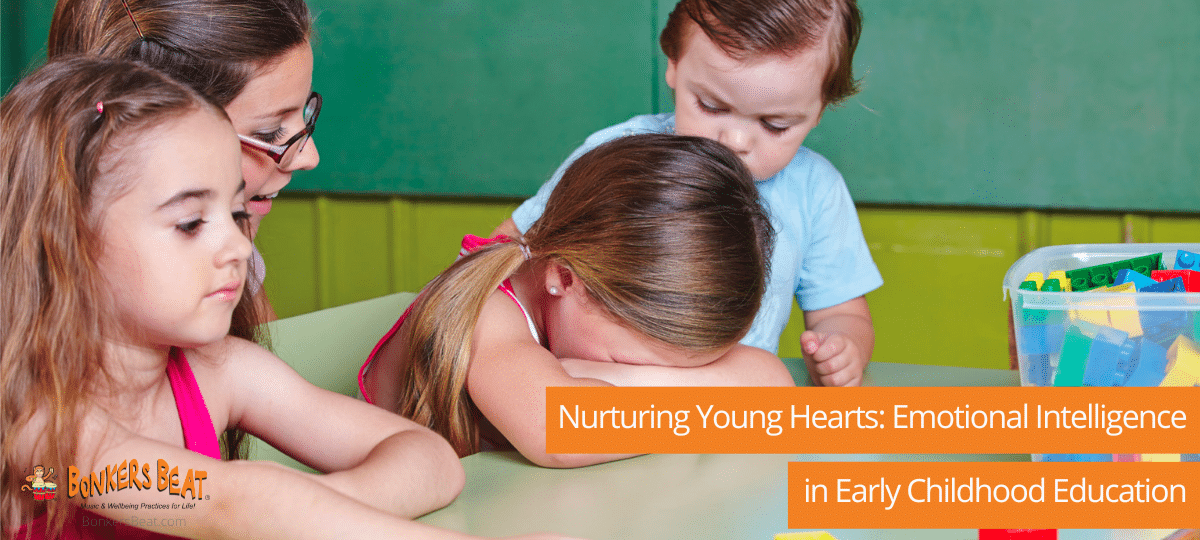So, what exactly is emotional intelligence? Emotional intelligence (EI) involves recognising, understanding, and managing one’s own emotions, as well as being attuned to the emotions of others. The five central elements to emotional intelligence are often noted to be: self-awareness, self-regulation, motivation, empathy, and social skills.
In the context of early childhood education, this skillset is vital for fostering healthy social interactions, building strong relationships, and laying the foundation for future success in education and interactions in life.
How Emotional Intelligence Benefits Children in ECE
There are plenty of ways children benefit from a focus on emotional intelligence in early childhood education settings. These include:
Social Skills Development: Children with a high level of emotional intelligence tend to navigate social situations more effectively. They can empathise with their peers, resolve conflicts, and communicate their needs, creating a positive and inclusive early childhood education atmosphere.
Resilience and Coping Skills: Educators equipped with an understanding of emotional intelligence can guide children in developing resilience and effective coping mechanisms. This is particularly crucial during times of change or challenge, helping young minds adapt and thrive.
Enhanced Learning: Emotional intelligence is not entirely separate from cognitive development; they are interconnected. Children who are emotionally intelligent are better equipped to focus, regulate their behaviour, and engage in meaningful learning experiences.
Fostering Emotional Intelligence in Young Children
If you’re keen to support children in your care in developing their emotional intelligence there are a few things you can incorporate each day to do so.
Modelling Emotional Awareness: Children are keen observers. Demonstrate emotional intelligence by openly expressing and managing your own emotions. This sets a powerful example for them to follow.
Incorporating Emotional Literacy into Curriculum: Integrate activities and discussions that promote emotional literacy. Use age-appropriate books, games, and role-playing exercises to help children identify and articulate their feelings.
Creating a Safe and Supportive Environment: Establishing a nurturing classroom environment where children feel safe expressing their emotions without judgement is fundamental. Encourage open communication and validate their feelings.
Teaching Problem-Solving Skills: Guide children in developing problem-solving skills when faced with emotional challenges. Help them explore various solutions and understand the consequences of their actions.
Music and Emotional Expression
Music has a unique power to evoke and express emotions. Incorporating songs about emotions into your curriculum can be a fun and effective way to engage children in discussions about feelings.
From joyful tunes to calming melodies, songs can serve as tools for emotional exploration and self-expression. You can watch Bonkers Beat original songs on Youtube for inspiration.
Check out Bonkers Beat on Spotify also, to add a range of educational and enjoyable songs to your emotional intelligence activities.
As educators, if we can prioritise emotional development alongside cognitive growth, we can play a pivotal role in shaping children’s emotional intelligence for life





